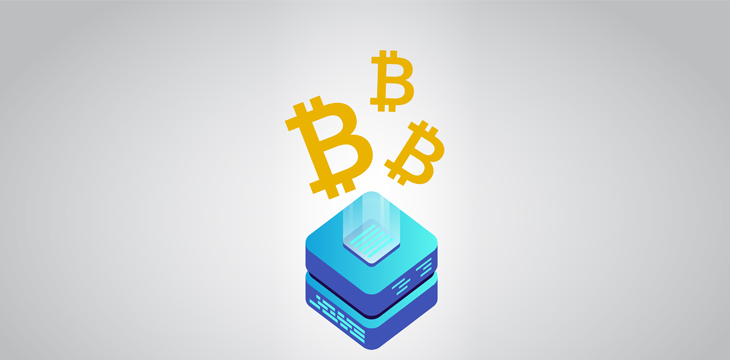
One of the arguments that has led to Bitcoin SV (BSV) continuing to develop as the true Bitcoin is the proof that a blockchain needs to be able to scale to handle a significant number of simultaneous transactions. This was pointed out in Satoshi Nakamoto’s original white paper on cryptocurrency, as well as evidence that on-chain scaling was possible. However, developers who became involved in what is now known as Bitcoin Core (BTC) thought they knew better and were determined to take crypto down the path they wanted, which included virtually no characteristics of a usable digital currency. As BSV repeatedly has shown, larger block sizes are not possible, they’re achievable and the blockchain’s community has once again proven how easy it is to increase the network’s scalability.
According to a tweet by the BSV Node account, the Scaling Test Network (STN) has been able to maintain an average block size of 128MB in 24 hours, and an average size of 128MB across 144 blocks. This follows a new achievement this past January, on the anniversary of the Bitcoin genesis block, when the BSV chain mined a block measuring 103MB.
https://twitter.com/BitcoinSVNode/status/1103991233616273408
The STN is a BSV-specific network that was designed to test large blocks. It is the fourth of four permanent BSV networks, alongside the mainnet, the testnet and the regtest, which is a local test network.
According to the STN’s description, “The STN is included as a standard network in the latest builds of Bitcoin SV. It can be selected by using stn=1 in bitcoin.conf instead of testnet=1 or regtest=1.
The Scaling Test Network has been implemented to reduce the impact of scalability testing on testnet and to preserve testnet as a network for testing of applications build on top of Bitcoin SV without requiring testnet users to make significant hardware available.”
Currently, blockchain networks are limited on the number of transactions they can manage at one time. This was a hurdle that had to be overcome from the time Bitcoin was first conceived if it were to compete with payment solutions such as Visa or MasterCard. Satoshi knew this and built into the Bitcoin white paper a model of how scaling could be achieved. BTC developers decided against his advice, leading to the creation of ancillary transaction channels such as SegWit and the Lightning Network, both of which cause disruptions in the immutability and consistency of the information stored on the blockchain. No other blockchain—apart from BSV—has worked to push on-chain scaling forward and has shown that it is feasible and that it works.
https://www.youtube.com/watch?v=gBb9FSxfyVs

 09-22-2024
09-22-2024


